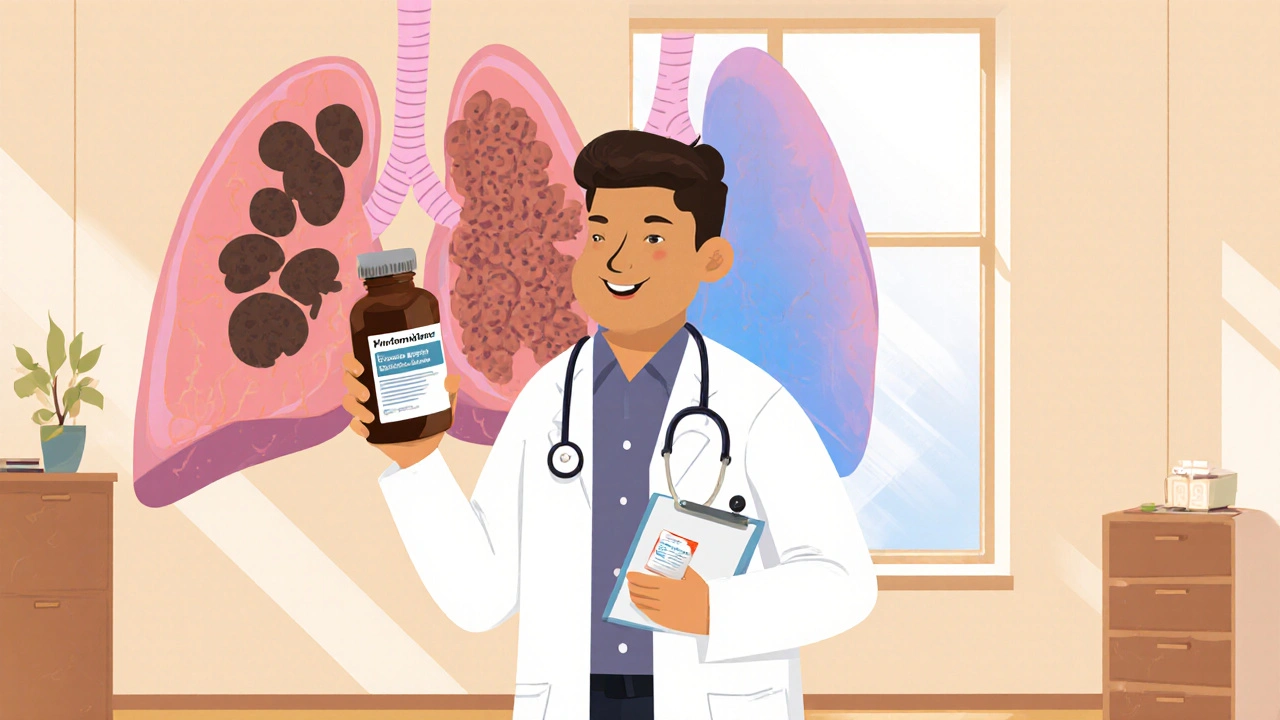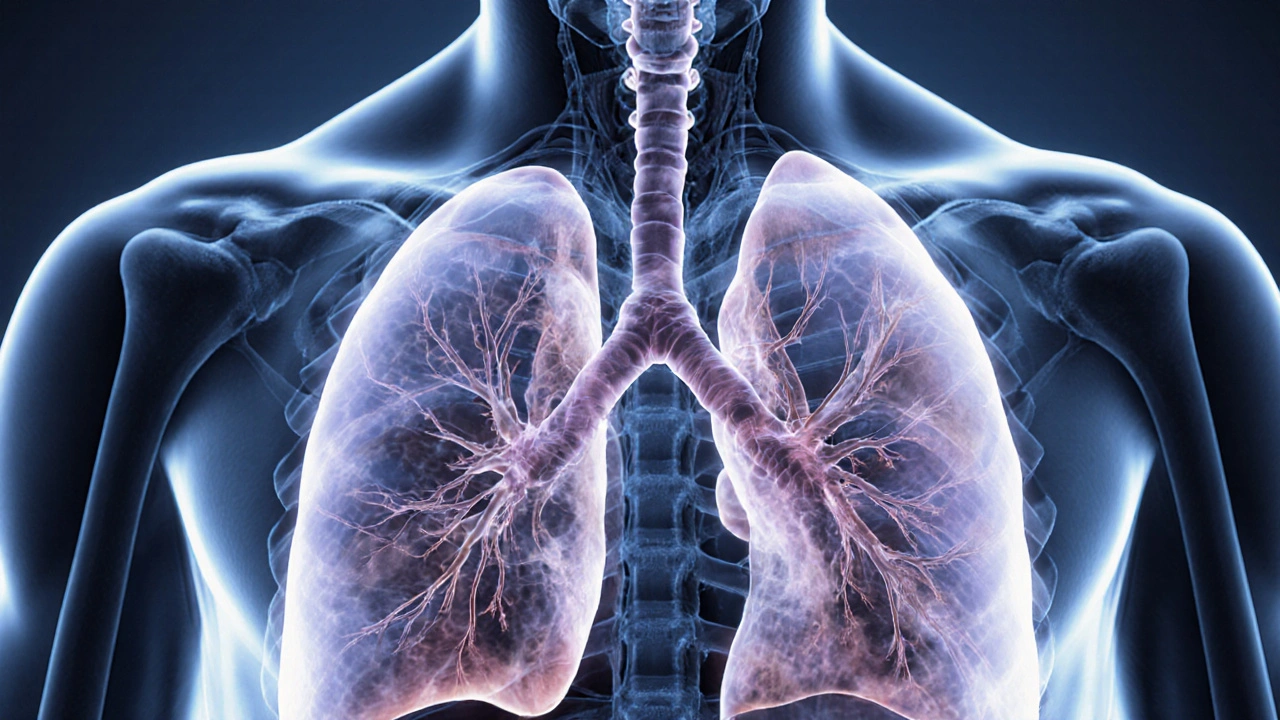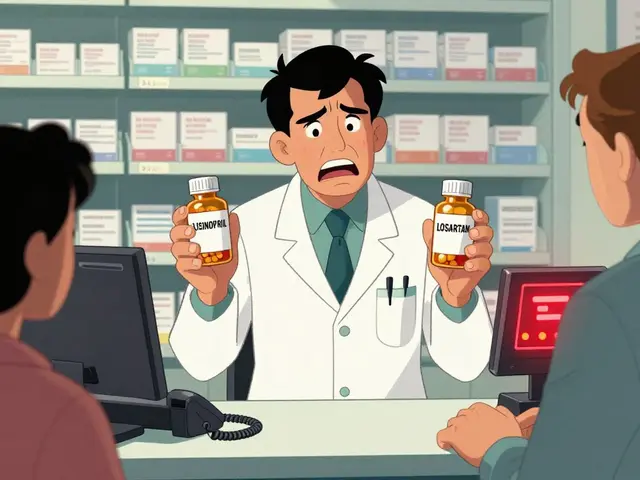IPF Treatment: Options, Medications, and What Actually Works
When you’re dealing with idiopathic pulmonary fibrosis, a progressive lung disease where scar tissue builds up in the lungs, making it harder to breathe. Also known as IPF, it doesn’t have a cure—but treatment can slow it down and help you keep breathing easier for longer. Unlike infections or asthma, IPF isn’t caused by something you can avoid. It just happens, often in people over 60, and the scarring keeps getting worse. That’s why the goal of IPF treatment isn’t to reverse damage, but to stop it from getting worse and help you stay active.
Two FDA-approved drugs, pirfenidone and nintedanib, are the backbone of modern IPF treatment. They don’t fix the lungs, but they slow down the scarring process. Studies show people on these meds lose less lung function over time compared to those who don’t take them. Oxygen therapy is another common tool—if your blood oxygen drops during activity or sleep, supplemental oxygen can keep you from feeling winded and tired. And while some try supplements like N-acetylcysteine or vitamin D, there’s no solid proof they help much. The real game-changer for advanced cases is a lung transplant, a surgical option for younger, healthier patients with severe IPF who’ve run out of other options. It’s not for everyone, but for those who qualify, it can add years to life and quality.
What you won’t find in most guides are the small daily adjustments that actually make a difference: walking even when it’s hard, avoiding smoke and dust, getting the flu shot every year, and working with a pulmonary rehab team. These aren’t flashy, but they’re what keep people moving. You’ll also notice that many of the posts here focus on drug comparisons—like how one medication stacks up against another, or how side effects change your daily life. That’s because managing IPF often means juggling multiple meds, watching for interactions, and figuring out what’s worth the trade-off. Below, you’ll find real-world breakdowns of treatments, from the science behind the drugs to how people actually live with them day to day. No theory. No guesswork. Just what works.







